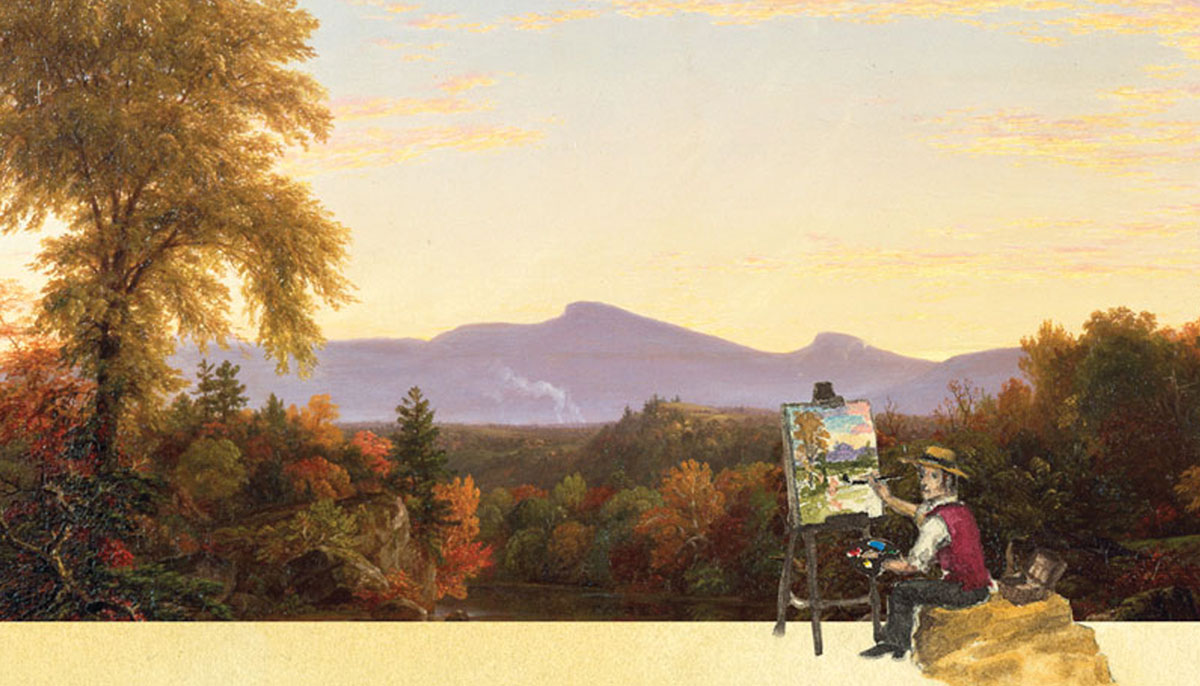The Story Behind The Story
The story above, which children and their families can flip through and enjoy together, was created to show kids that historic characters like Thomas Cole were real people with great stories to tell.
The idea for the project arose when Betsy Jacks, mother of two and Executive Director of the Thomas Cole National Historic Site, was planning a family trip to another historic site. She searched at length for a kid-friendly introduction to the place they would soon be exploring, but alas, a scouring of the internet turned up nothing.
“To make the most out of our visit to the historic site, I wanted to gets my kids engaged before they even stepped in the door,” said Betsy.
Following this experience, Betsy took stock of the offerings at the Thomas Cole Site and turned to the internationally beloved author and illustrator, Hudson Talbott. Hudson said he would love to create an engaging introduction to Thomas Cole for the organization’s website, and then Hudson had a thought: why stop there? He took the idea to his editor at Penguin Random House and they loved the idea too! In a flash, the first children’s book on Thomas Cole was in the works. The book, entitled “Picturing America: Thomas Cole and The Birthplace of American Art” is the first book to bring the father of American art to young readers, and it will be in bookstores in September 2018. Meanwhile, Hudson and Betsy worked together to make the abbreviated website version, which is offered on this page for free.
The full 32-page book can be ordered in advance, right here on this website, and a portion of sales will go towards this historic site. Reserve your copy today to receive a signed copy from the author and 15% off. Orders after May 1 will receive 10% off, and all books will be sent out starting in September, 2018.
















